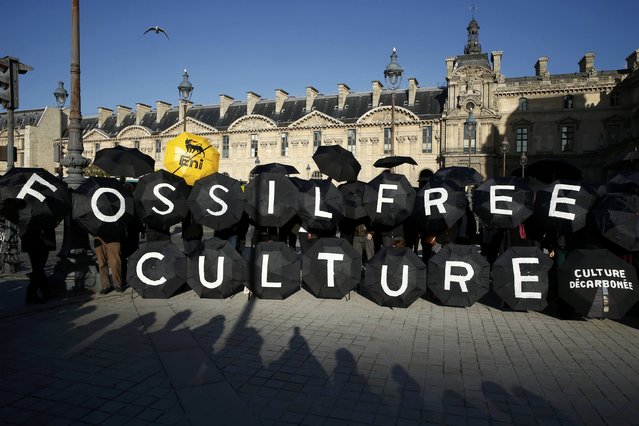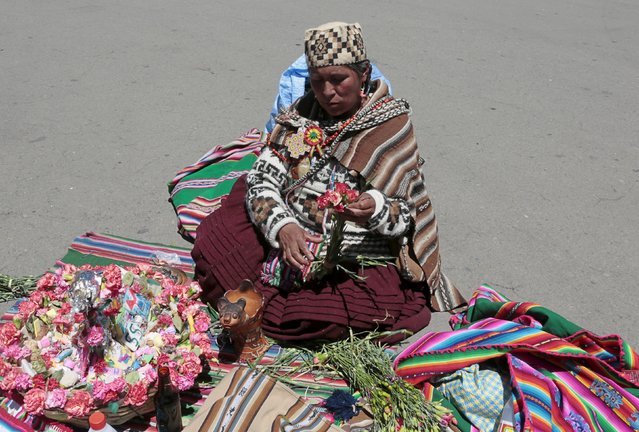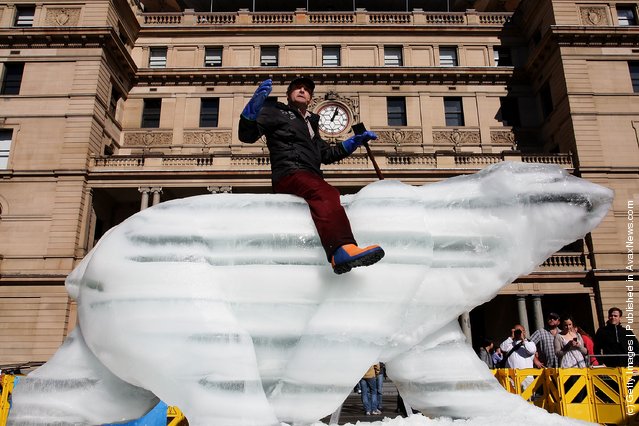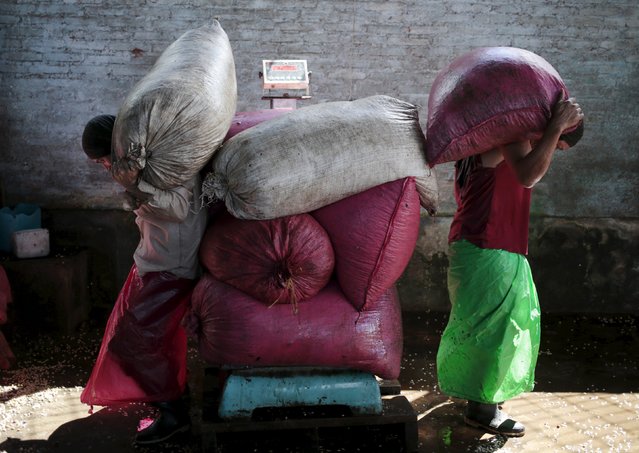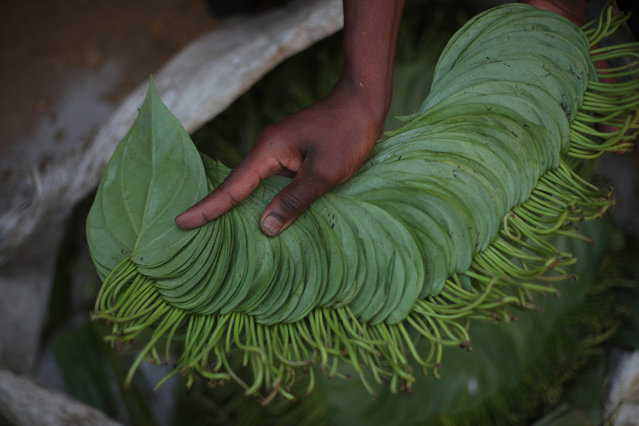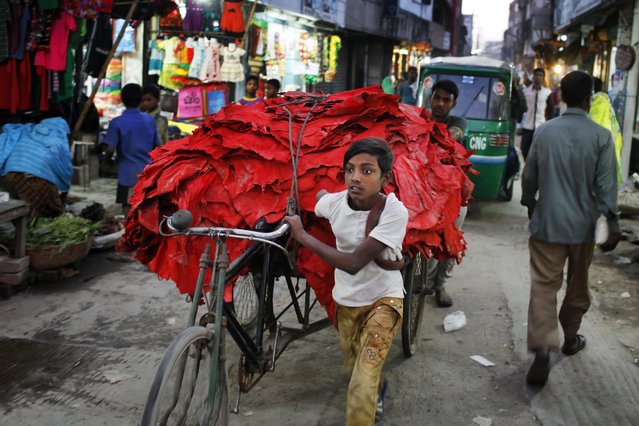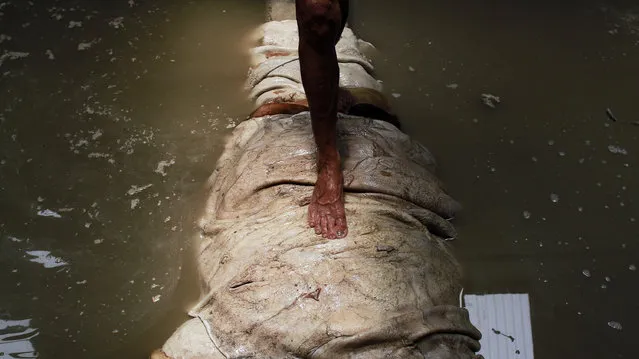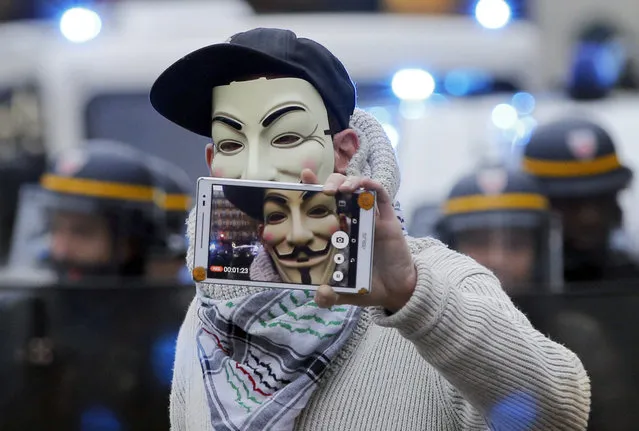
An activist takes a selfie during a protest ahead of the 2015 Paris Climate Conference, in Paris, Sunday, November 29, 2015. More than 140 world leaders are gathering around Paris for high-stakes climate talks that start Monday, and activists are holding marches and protests around the world to urge them to reach a strong agreement to slow global warming. (Photo by Christophe Ena/AP Photo)
01 Dec 2015 08:03:00,post received
0 comments

